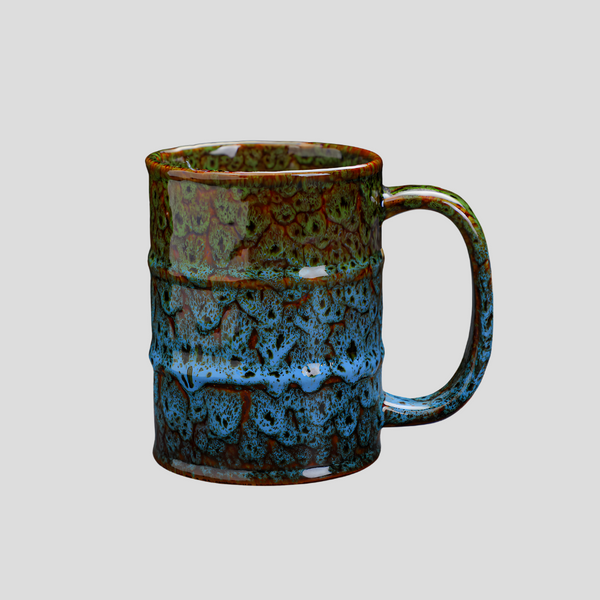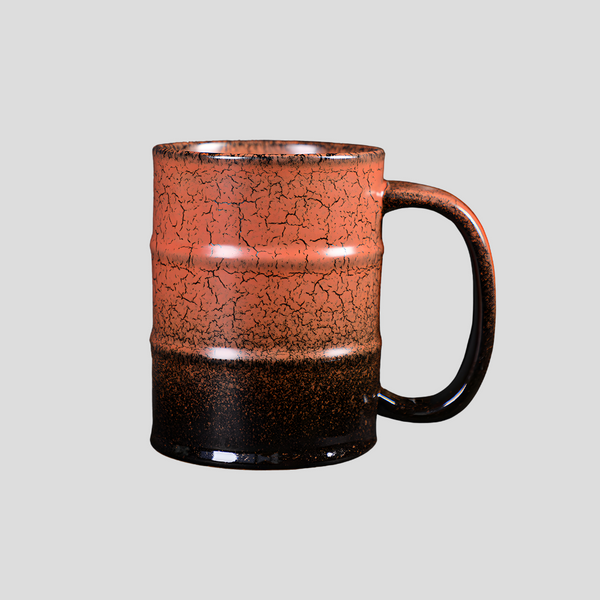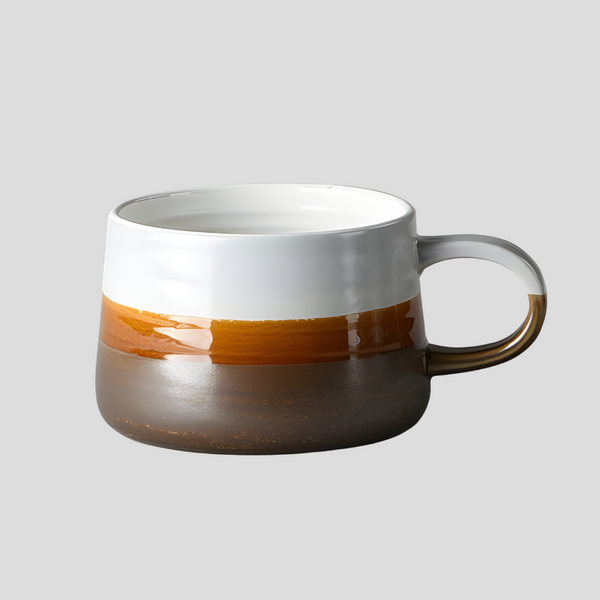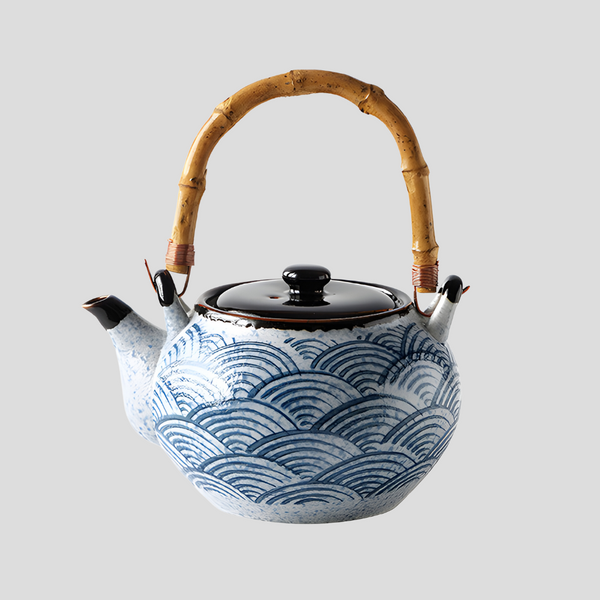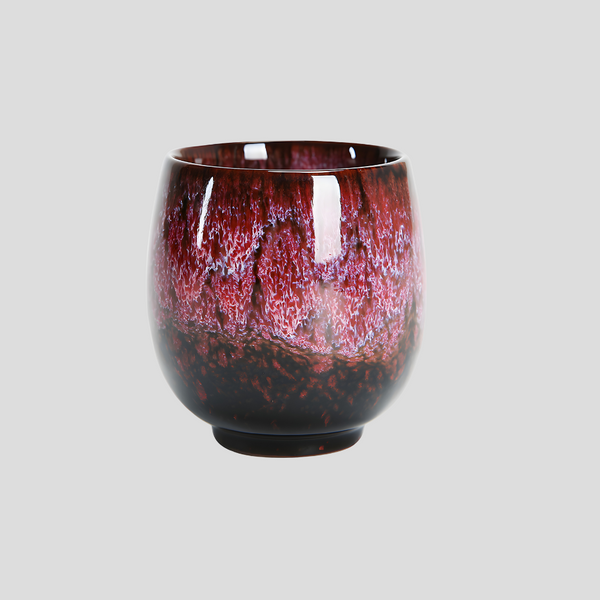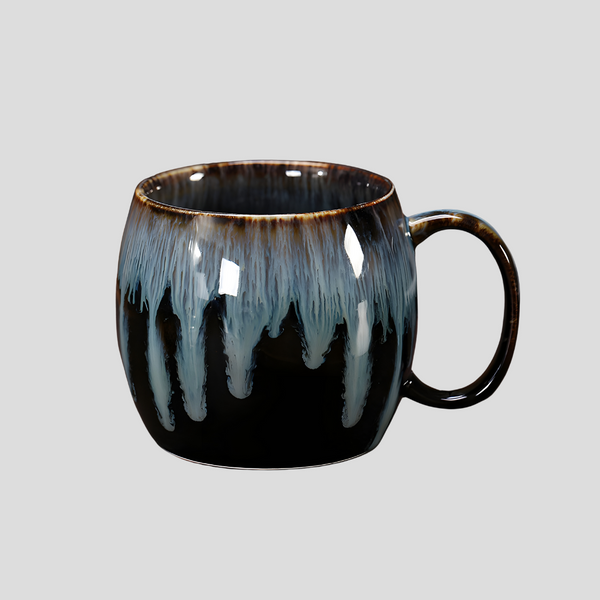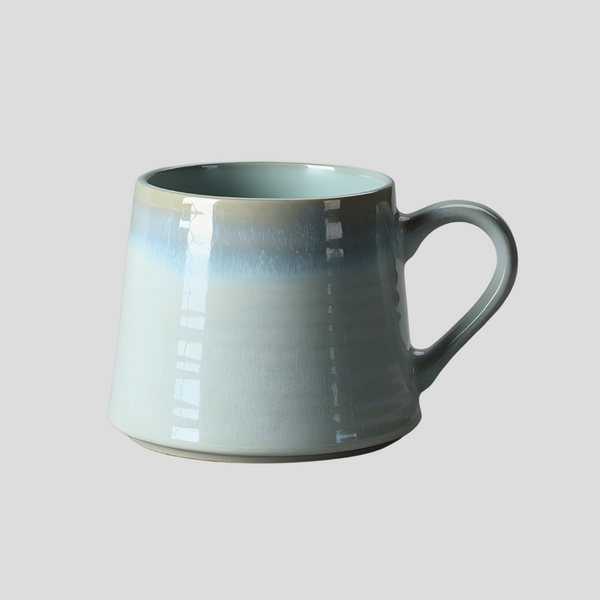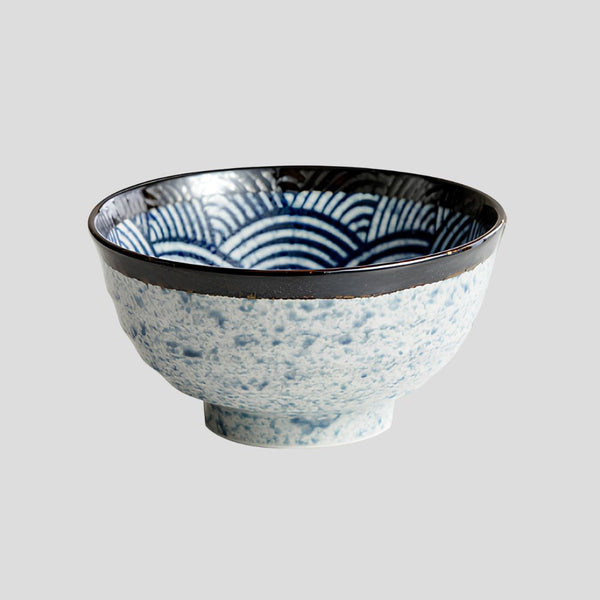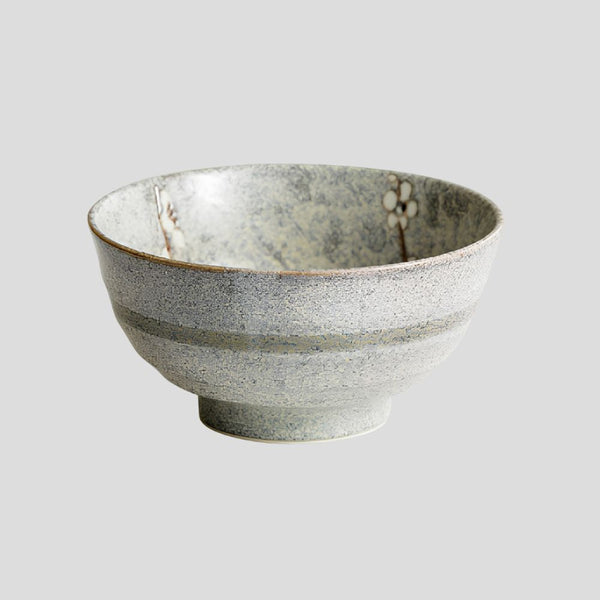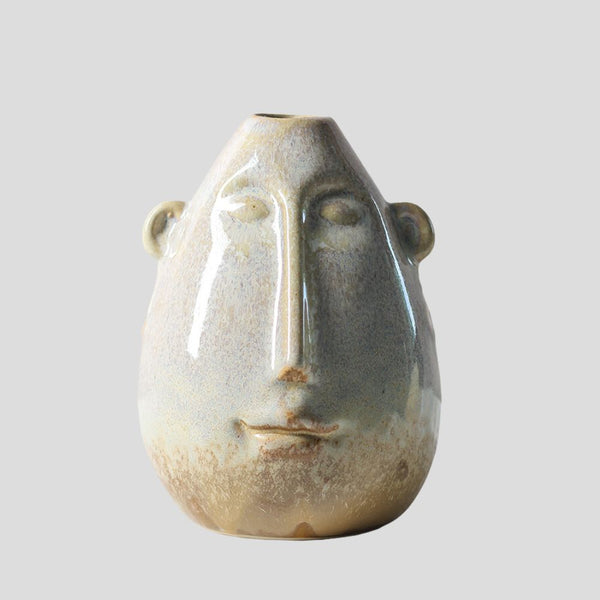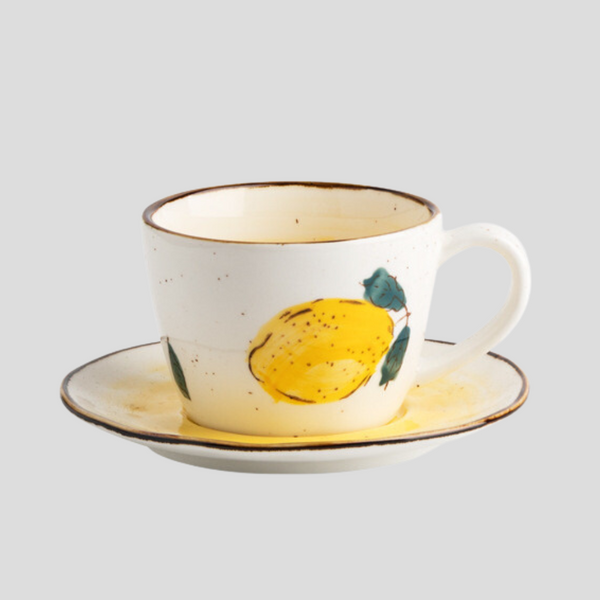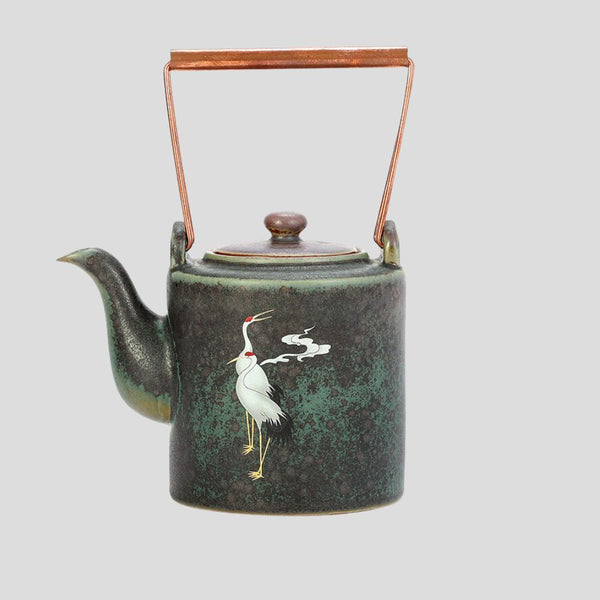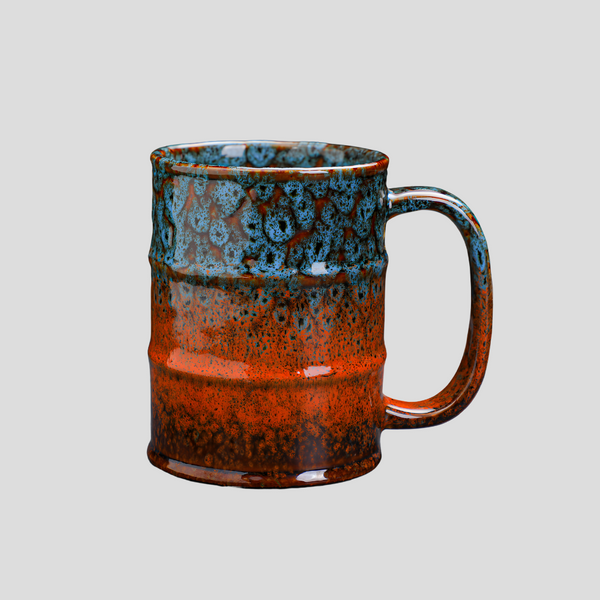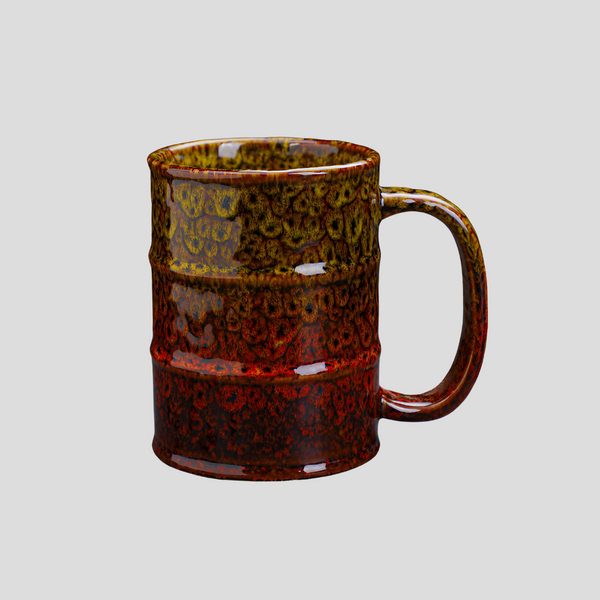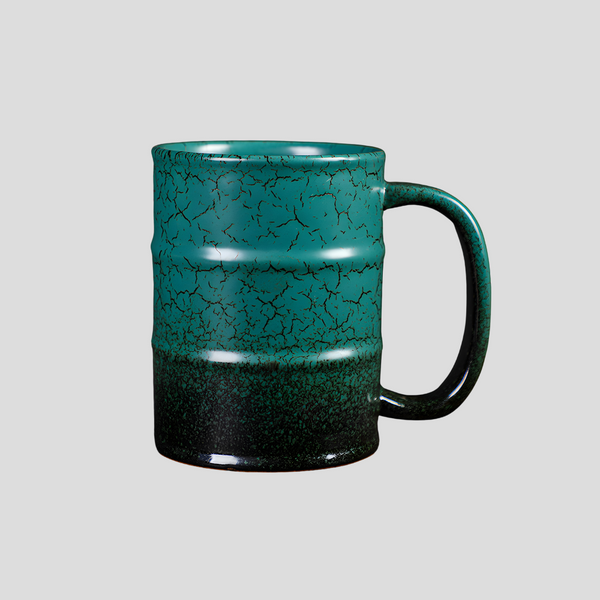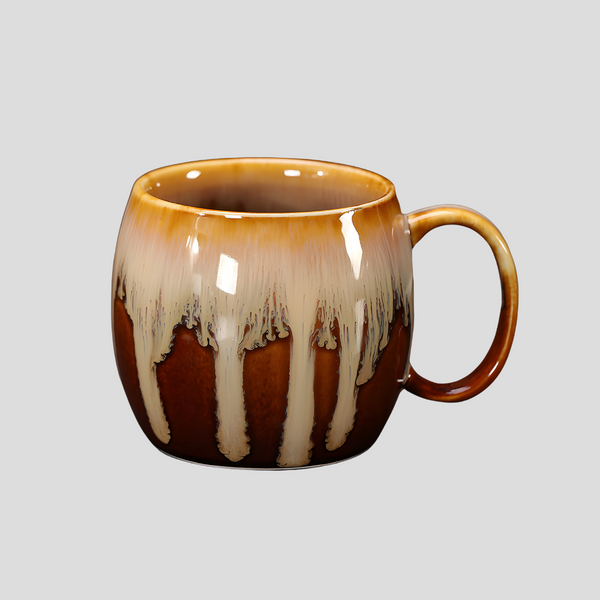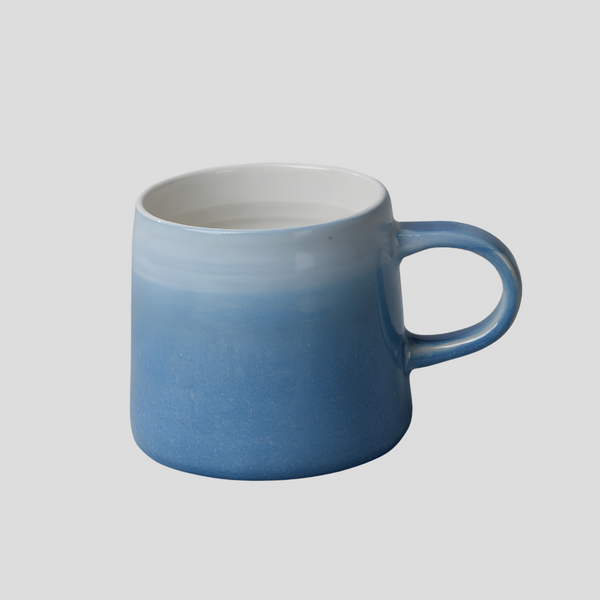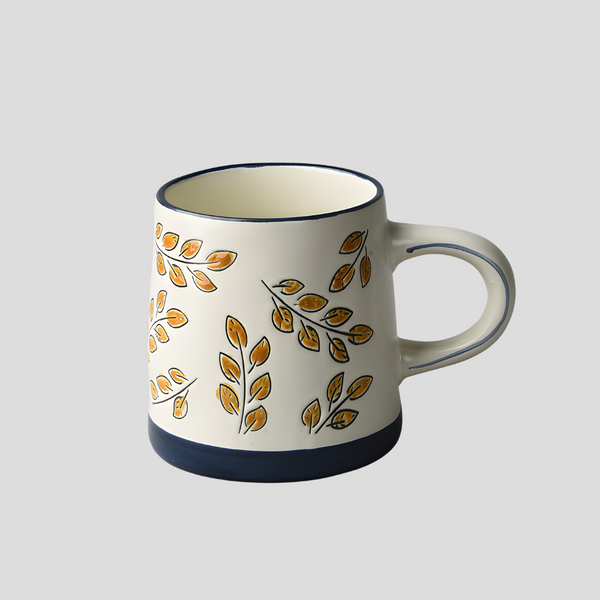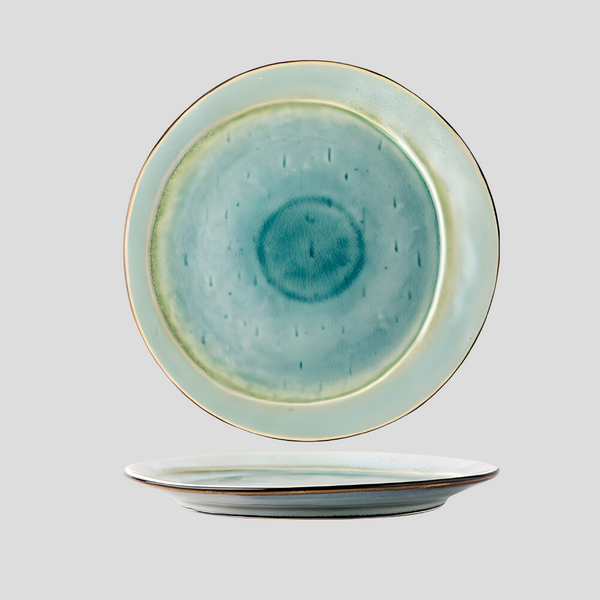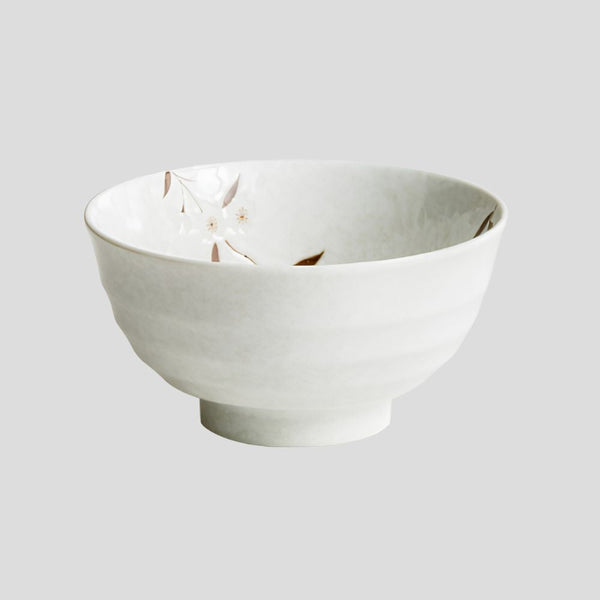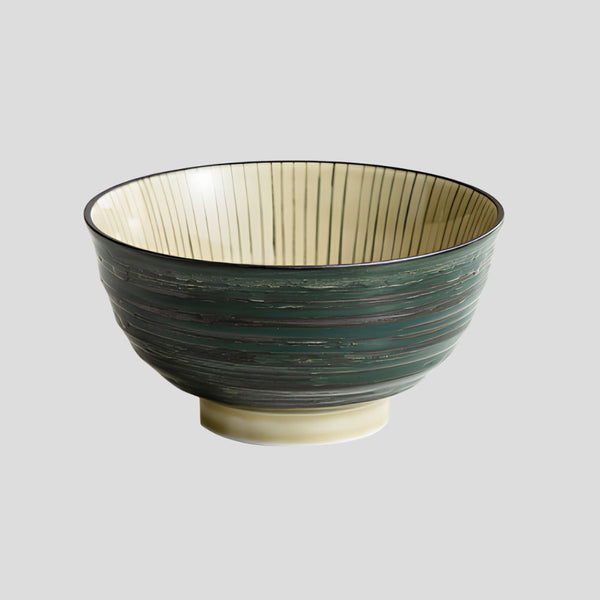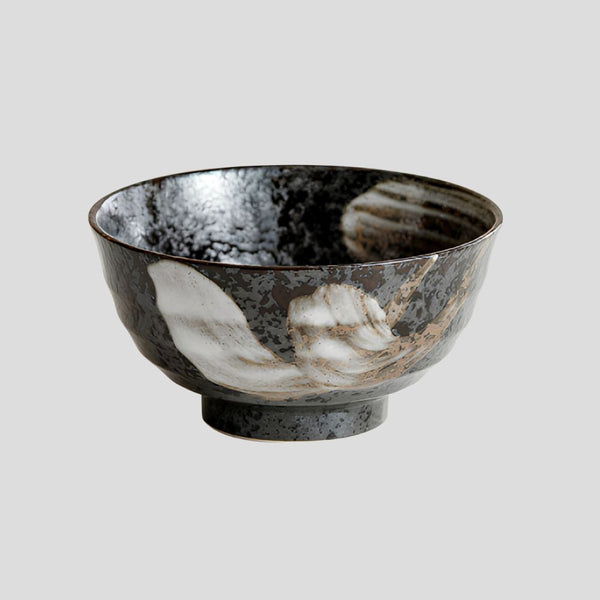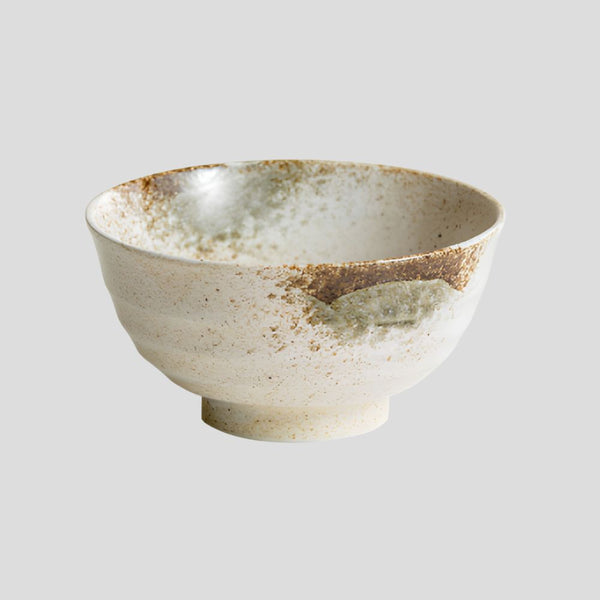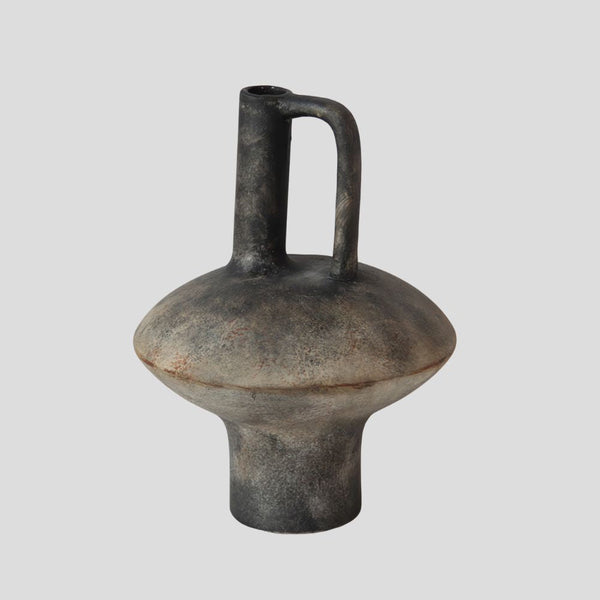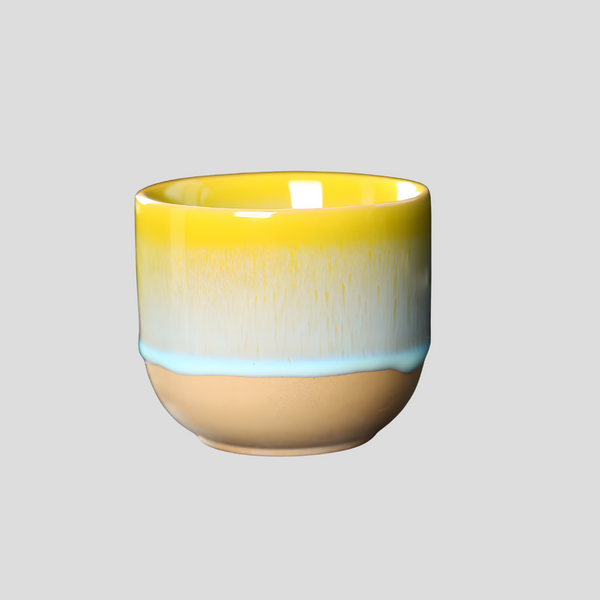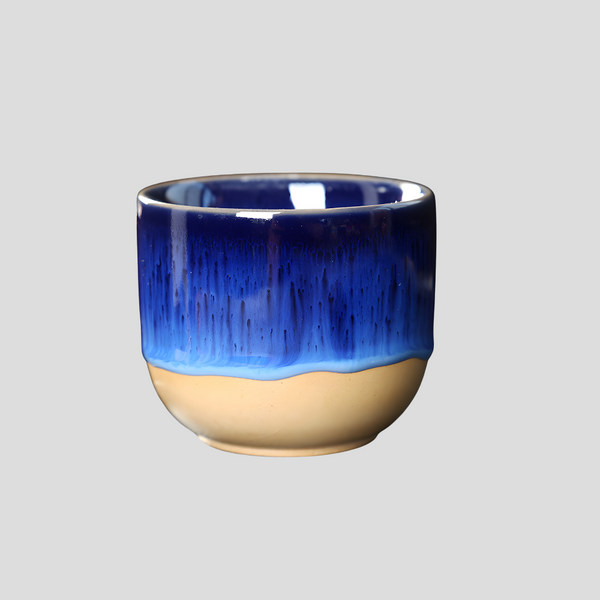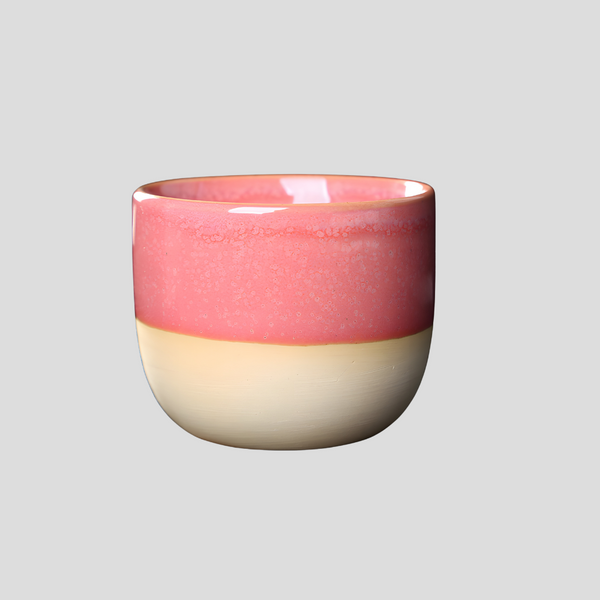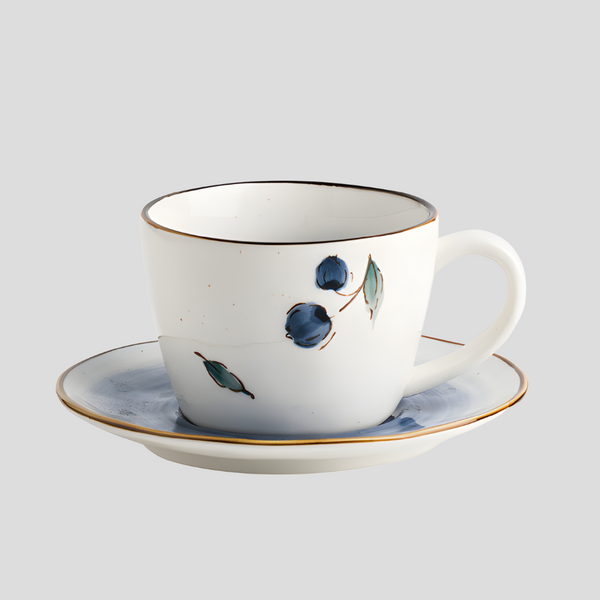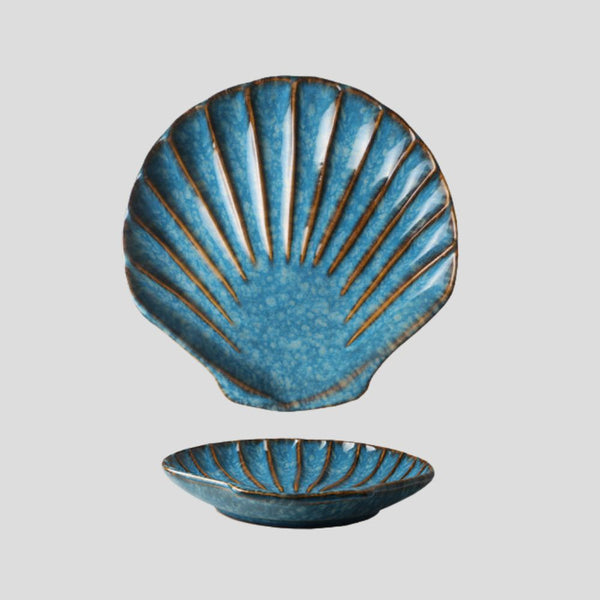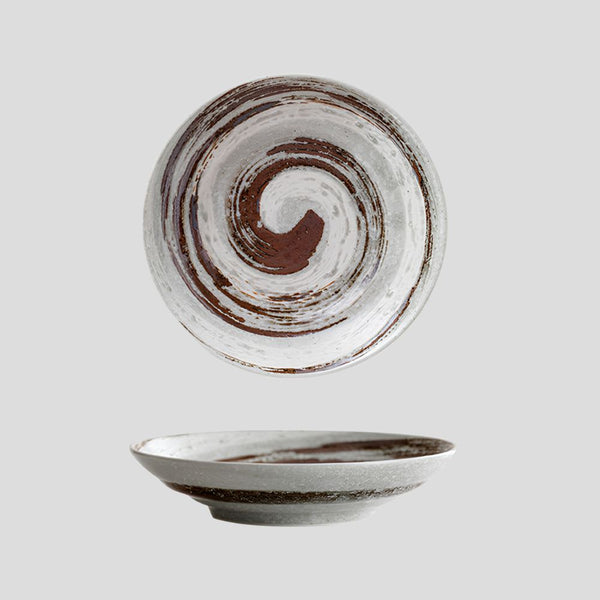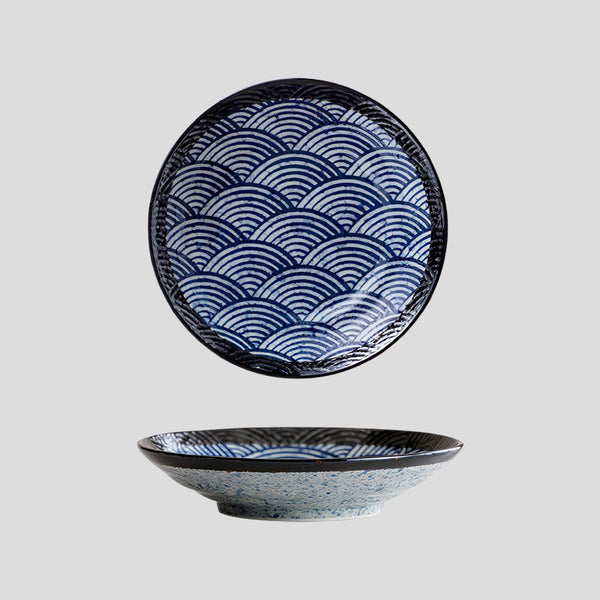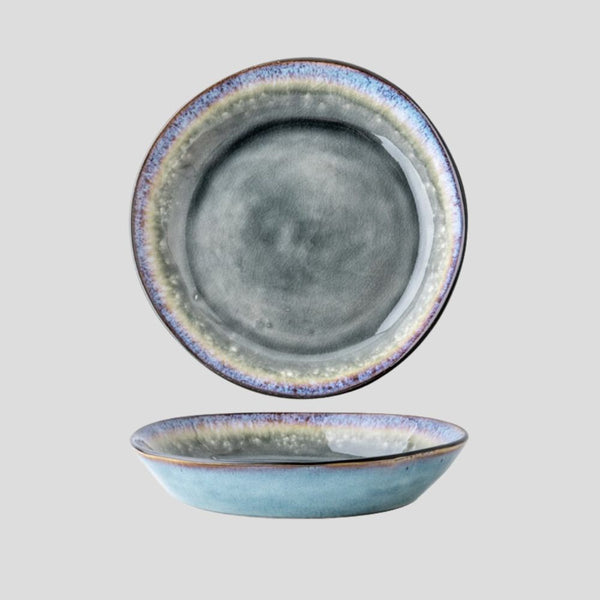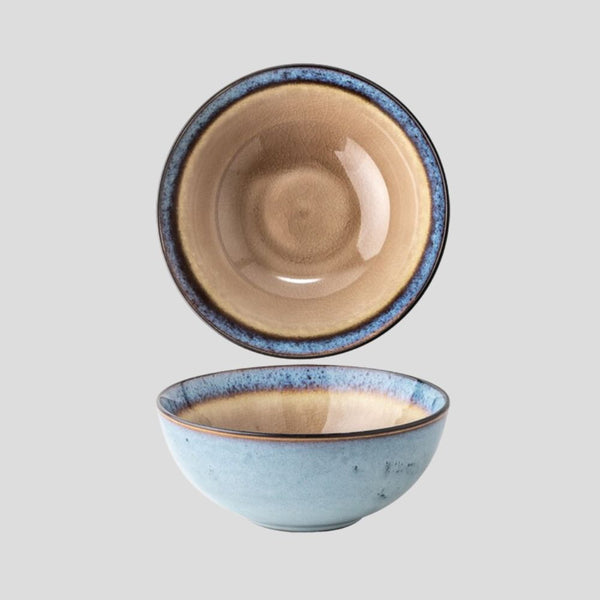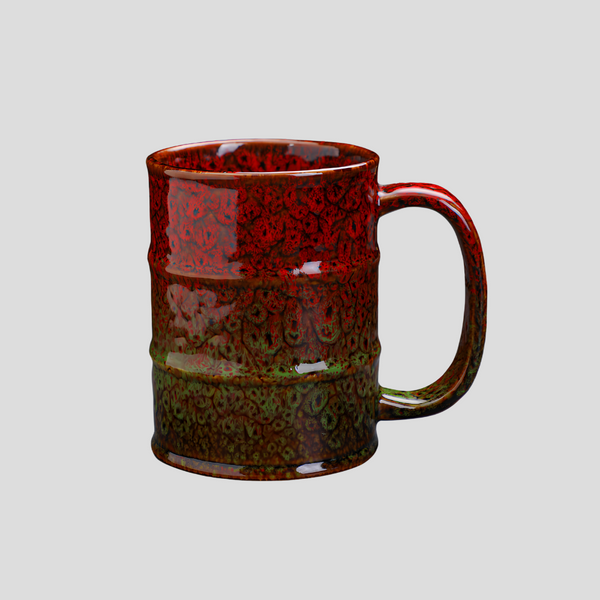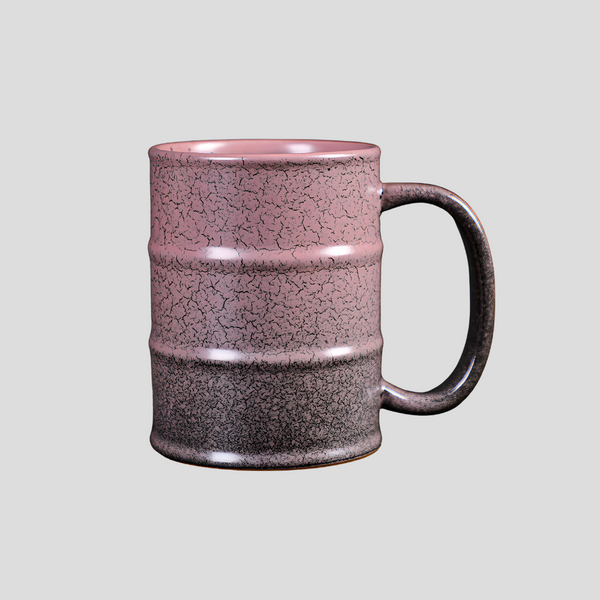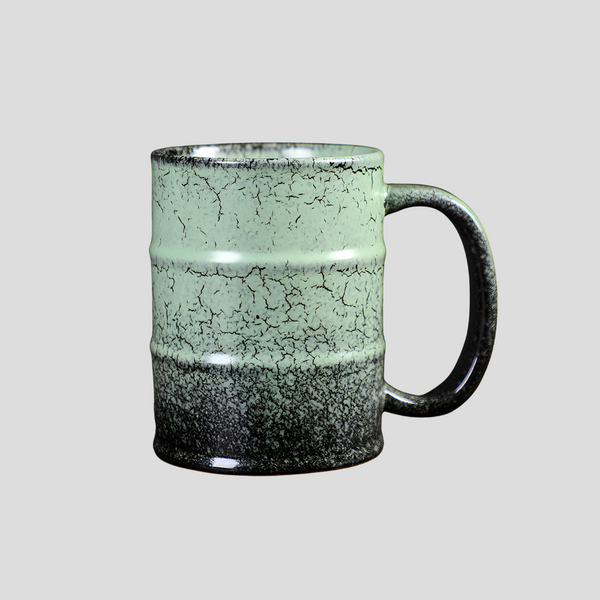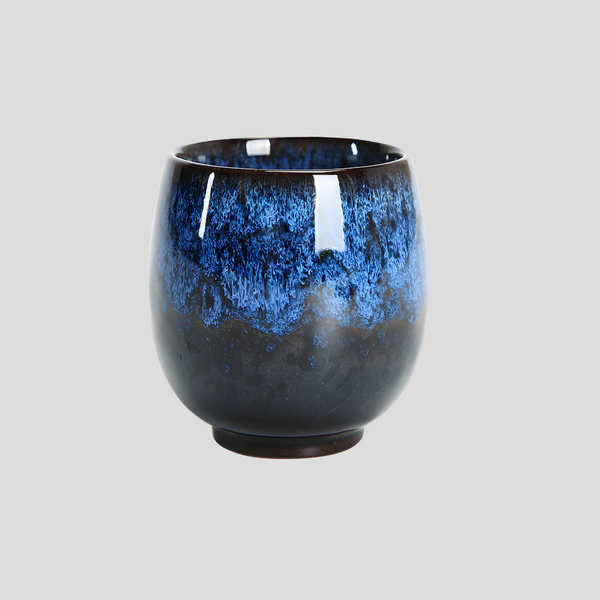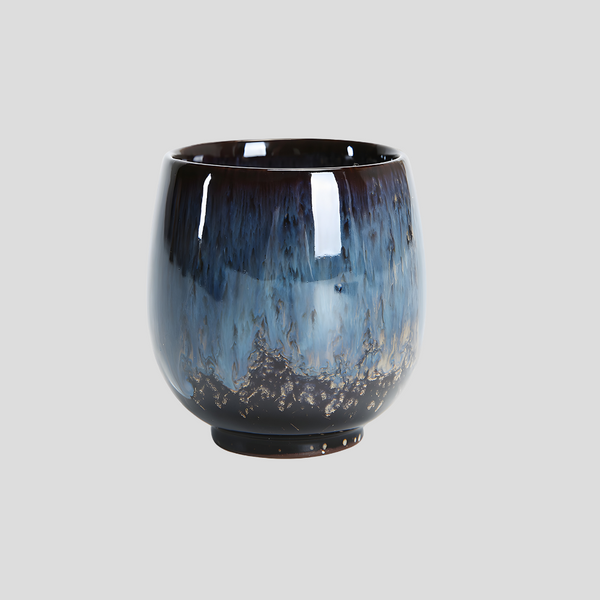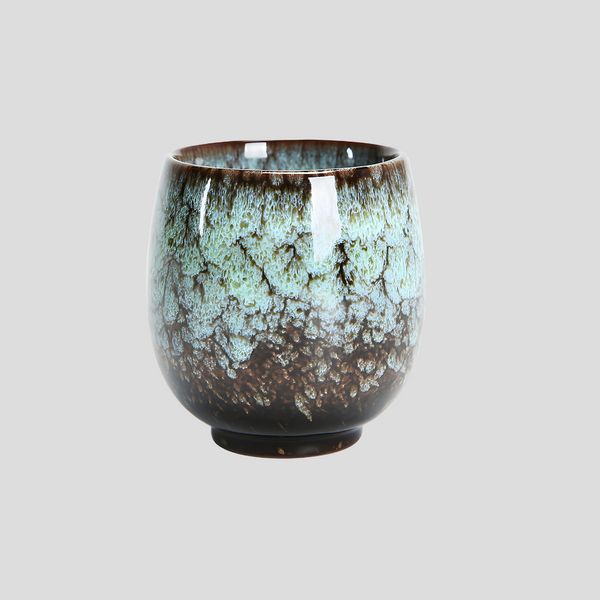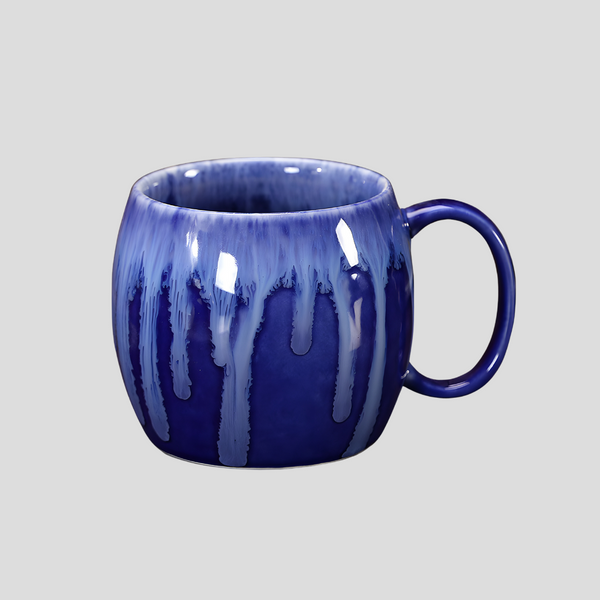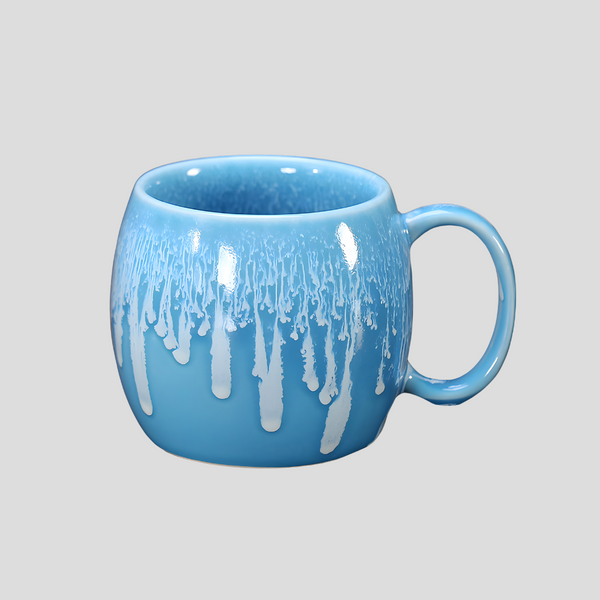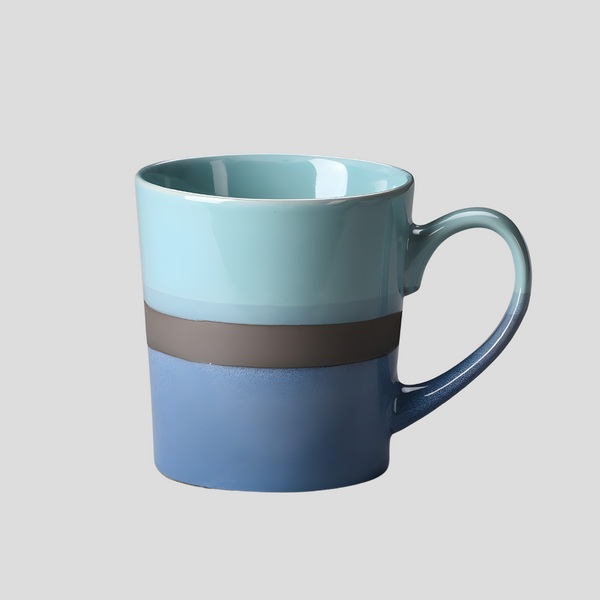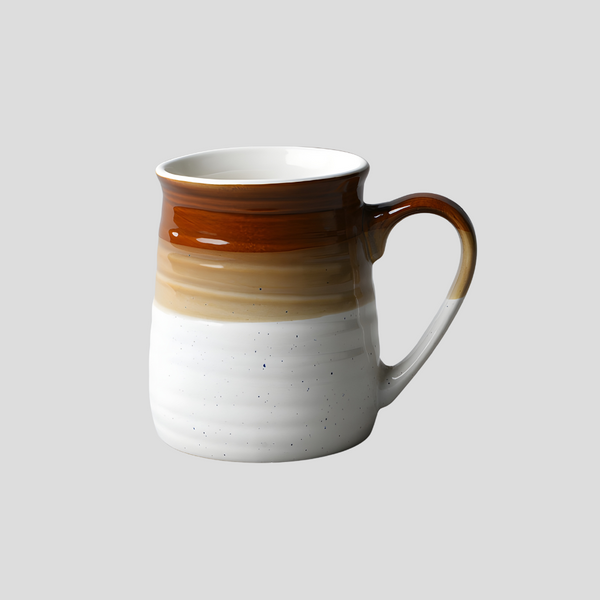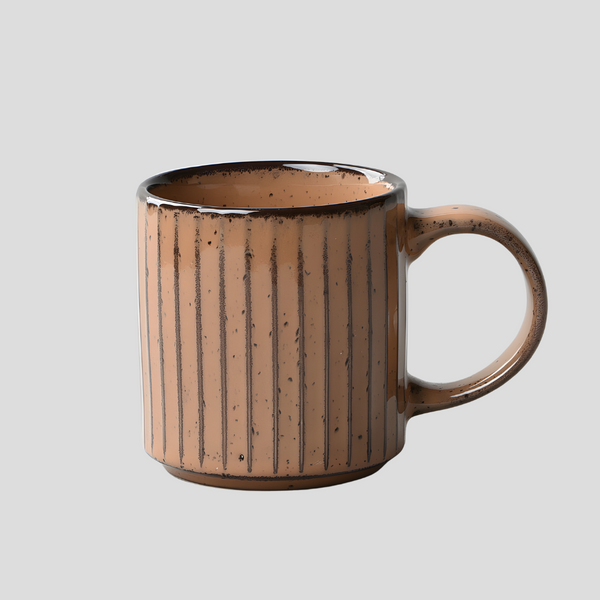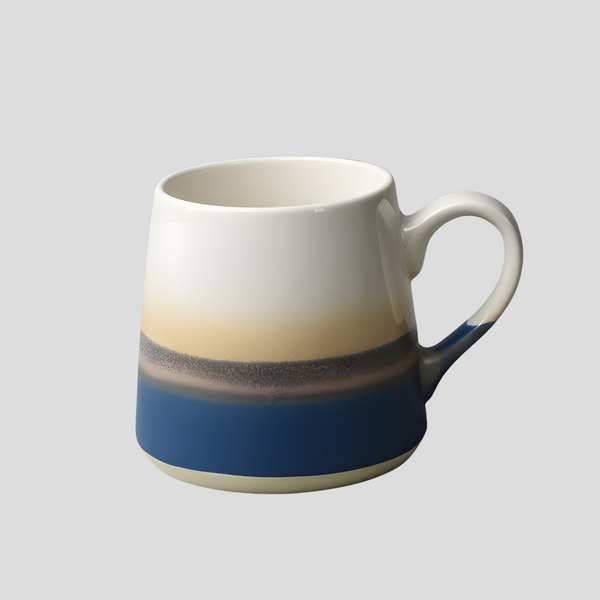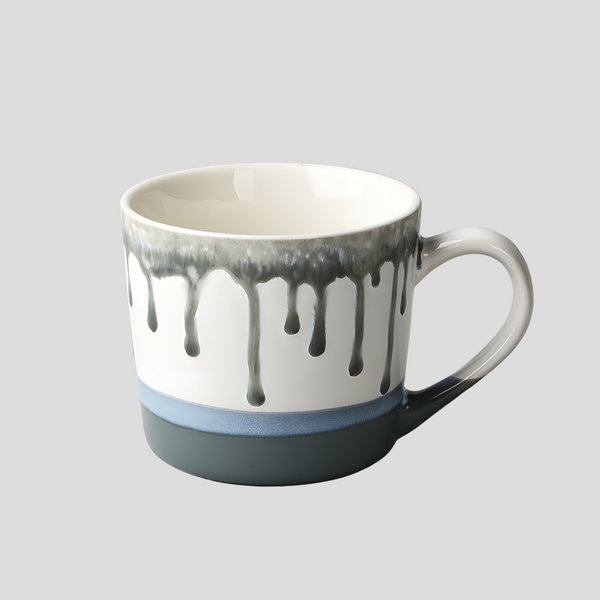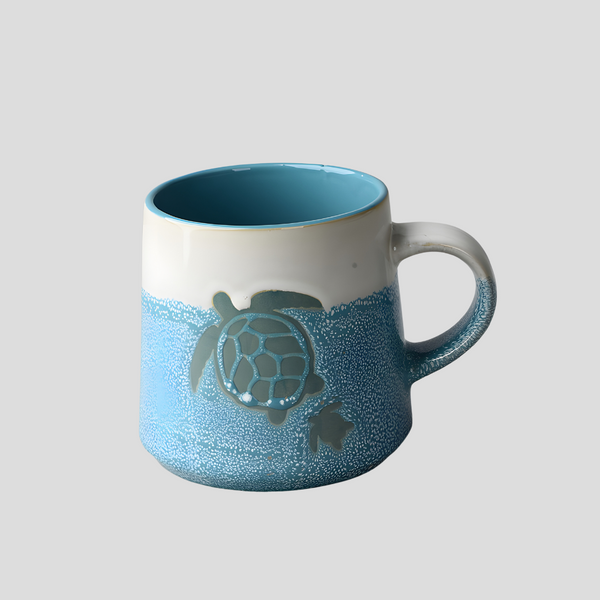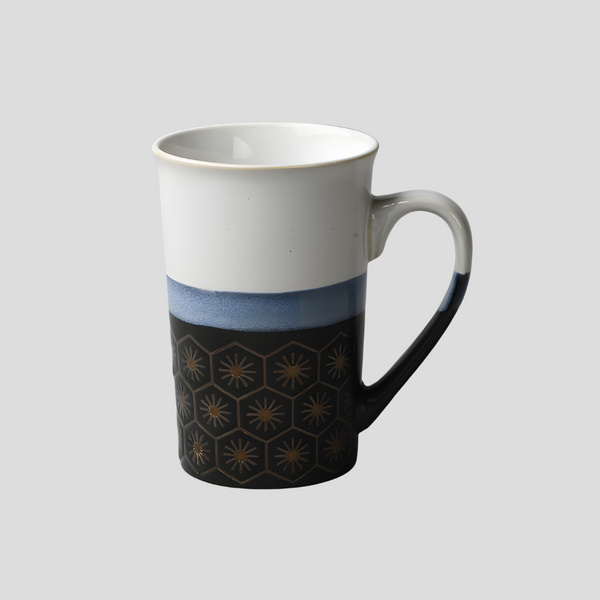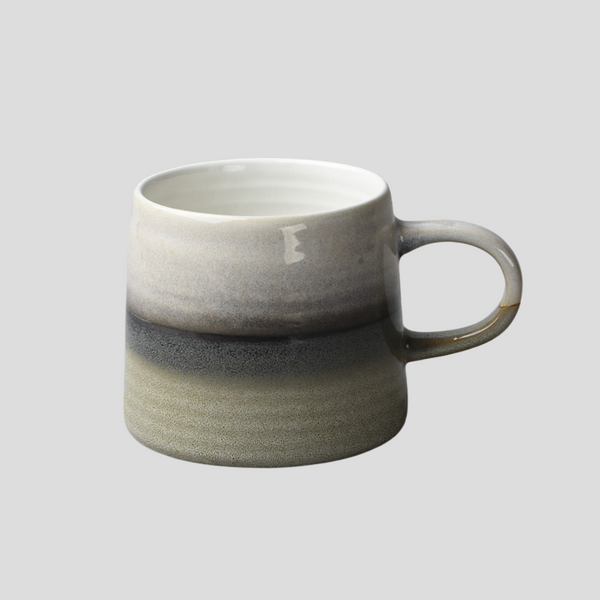
Exploring the Charm of Vintage European Pottery
Vintage European pottery is a gateway to the continent's rich cultural past. Each piece tells a story, a narrative woven from the earth it was formed from, shaped by the hands of artisans whose skills have been passed down through generations. This article invites you to explore the enchanting world of vintage European pottery, its unique characteristics, and the regions famous for their ceramic treasures. Vintage pottery from Europe stands out for its craftsmanship, history, and timeless beauty. Unlike mass-produced items, these pieces carry the marks of their makers and the imperfections that make them unique. Collectors and enthusiasts are drawn to vintage pottery for its historical significance, and decorators value these pieces for their aesthetic appeal and ability to add character to any space. Europe is home to several regions known for their distinctive pottery, each reflecting the cultural influences and natural resources of the area. One of the most celebrated forms of European pottery is Italian Majolica, known for its brightly colored, intricate designs. Originating in the Renaissance period, Majolica reflects themes from mythology, nature, and daily life in its patterns. The region of Umbria, and the towns of Deruta, Gubbio, and Urbino, are particularly famed for their Majolica ware. French Faience pottery, with its delicate painted designs, has a charm that has endured since the 16th century. Regions like Provence, Brittany, and Quimper are noted for their distinct styles of Faience, often featuring pastoral and floral motifs that capture the essence of the French countryside. Delftware is synonymous with Dutch pottery. Characterized by its blue-and-white patterns, Delftware includes everything from plates and vases to intricate tiles. The city of Delft became the heart of this pottery style in the 17th century, competing with Chinese porcelain of the era. Building a collection of vintage European pottery can be a rewarding pursuit. For beginners, it's crucial to start with research. Learning about the marks used by different potters, the styles, and the periods can help in identifying authentic pieces. Condition is also key when collecting; while age-related wear can add character, significant damage may detract from the item's value and appeal. Maintaining the beauty of vintage pottery requires gentle care. Avoid harsh chemicals and use a soft cloth for dusting. For more thorough cleaning, lukewarm water and mild soap are recommended, ensuring the water does not enter hollow parts of the piece. With proper care, these treasures can last for many more generations. Vintage European pottery offers a tangible connection to the continent's artistic heritage. Each piece is a testament to the skill and creativity of its maker, and a window into the culture and history of its time. From the intricate designs of Italian Majolica to the pastoral scenes of French Faience, and the iconic blue-and-white of Delftware, the charm of vintage European pottery is timeless.Exploring the Charm of Vintage European Pottery
The Allure of Vintage Pottery
Iconic Styles and Regions
Italian Majolica
French Faience
Delftware from the Netherlands
Collecting Vintage European Pottery
Caring for Your Collection
Conclusion
